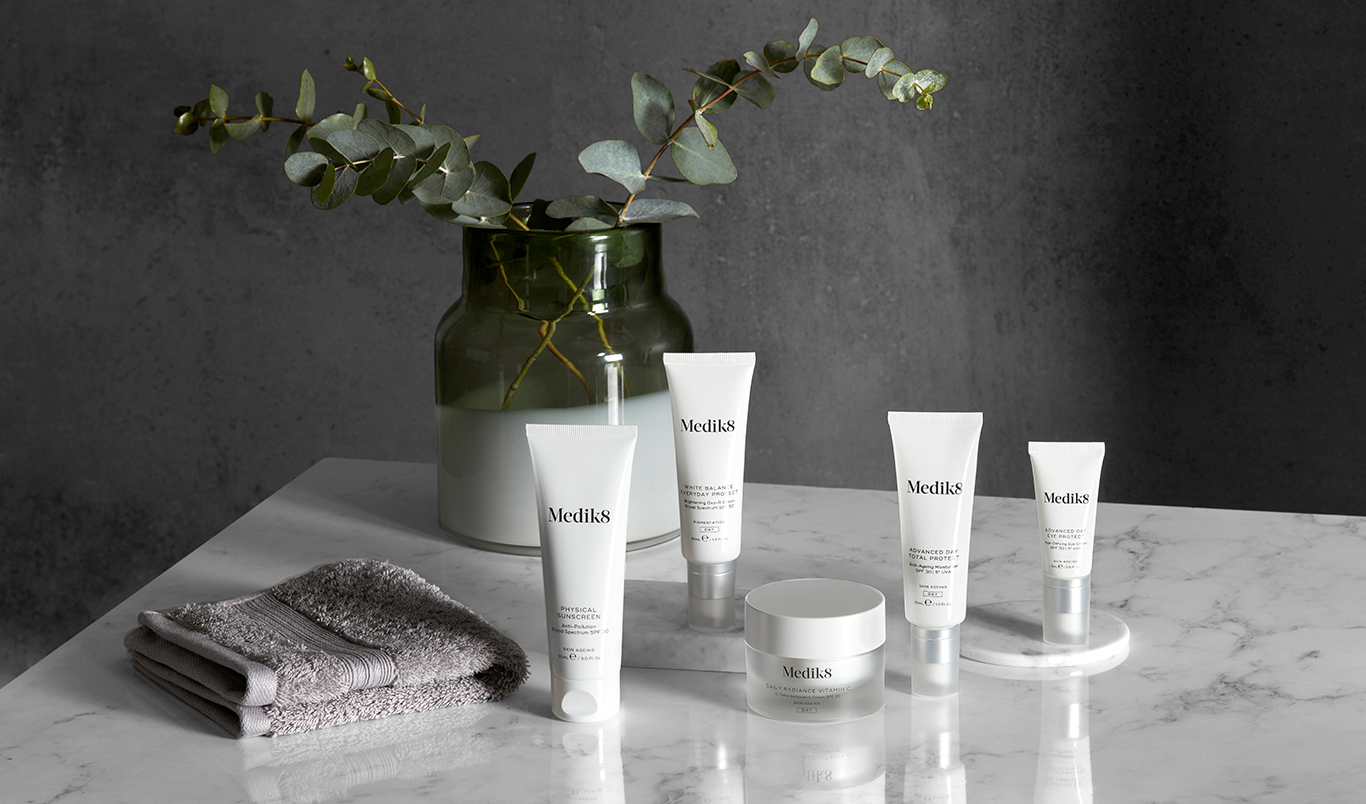
Sunscreen Specialists
80% of all signs of skin ageing are caused by sun exposure.* The first step to any anti-ageing skincare routine should start with a broad spectrum SPF 30 applied every day, even when it’s cloudy. UVB rays from the sun target the upper layers of the skin, causing sunburn and even skin cancer; while UVA rays penetrate deeper, devastating collagen and creating harmful free radicals which cause premature skin ageing.
*F. Flament et al., Clinical, Cosmetic and Investigational Dermatology, 2013, 6, pp 221-232
The Rating
All sunscreens have an SPF rating that corresponds to their level of protection against UVB rays. But SPF is not the only rating you need to look for on your skincare labels. ‘Broad spectrum’ and the star rating system allow you to gauge the level of protection against UVA rays too. A ‘broad spectrum’ classification indicates that the UVA protection is at least one third of the UVB protection. The star system indicates various ratios of UVA to UVB protection. All Medik8 sunscreens are at least broad spectrum, with the Advanced range of day creams all hitting the highest 5* rating of Ultra UVA protection.
Chemical vs Physical
There are 2 main types of sunscreen: chemical and physical. Both chemical and physical sunscreens work by absorbing UV light and converting it into heat. Physical sunscreens can actually absorb up to 95% of the UV rays they are protecting you from. [1] Read more about the differences on our blog. The only difference between physical and chemical is that physical sunscreens can scatter a small amount of the UV spectrum, around 5%.
[1] C. Cole et al, Metal oxide sunscreens protect skin by absorption, not by reflection or scattering, Photodermatology, Photoimmunology & Photomedicine, 2015, 32(1), pp 5-10
Physical Sunscreens
In the past, physical sunscreens have been tarnished with the view that they are opaque, sticky and generally uncomfortable to wear. That was until Medik8’s revolutionary Physical Sunscreen formula. Containing a tried and tested blend of mineral filters, titanium dioxide and zinc oxide, the incredibly light formula provides exceptional broad spectrum SPF 30 protection against photodamage. Nanoparticles are often used in competitor sunscreens to give a sheer, lightweight formula, however they are seen by some to be controversial in terms of their safety. Medik8 Physical Sunscreen does not use nanoparticles, but still manages to achieve a desirable, lightweight, non-sticky formula which blends seamlessly with skin when massaged in. Have you tried it yet?
Chemical Sunscreens
Everyday chemical sunscreen formulas often use cheaper UV filters that are unstable, meaning they actually degrade in sunlight; defeating the point of applying them in the first place. There are many types of chemical filters. Some are shrouded in concerns over their safety, and some have even been found to affect fertility. The good news: Medik8 does not use these controversial ingredients in our formulations, and instead uses a set of well trusted and safe filters which we believe are the future of sunscreens. There is no escaping that the filters we use are more expensive to include and harder to formulate with but the results are clearly visible, even in the texture of the product.
We use a carefully chosen trio of chemical filters - Uvinul A Plus, Tinosorb S and Uvinul T 150. Combined at precise levels, these next-generation filters provide broad spectrum protection against both UVA and UVB rays, with virtually none of the instability of traditional chemical filters. Exceptionally stable in the sun, completely safe and offering high protection, we think we’ve hit the jackpot in the perfect chemical sunscreen formulation. Find these filters in our Advanced range and Daily Radiance Vitamin C™.
Top Tips for Sunscreens
1. If in high strength sun, apply every 2 hours for optimal protection.
2. Apply at least a ¼ of a teaspoon to your face, neck and décolleté.
3. Sweating, physical contact and water can all affect the amount of protection you are getting. Reapply regularly.
4. Replace your sunscreen every 12 months to ensure you have the freshest, most effective protection.
5. Be sure not to miss inconspicuous areas like the ears and the back of the neck.
6. For optimum protection, leave at least 20 minutes for your sunscreen to absorb before heading out into the sun.
Need help choosing your sunscreen?
Take a look at our handy guide.
| Physical Sunscreen | White Balance Everyday Protect ® | Daily Radiance Vitamin C™ | Advanced Day Total Protect ™ | Advanced Day Eye Protect ™ | Hand & Nail Cream ™ | |
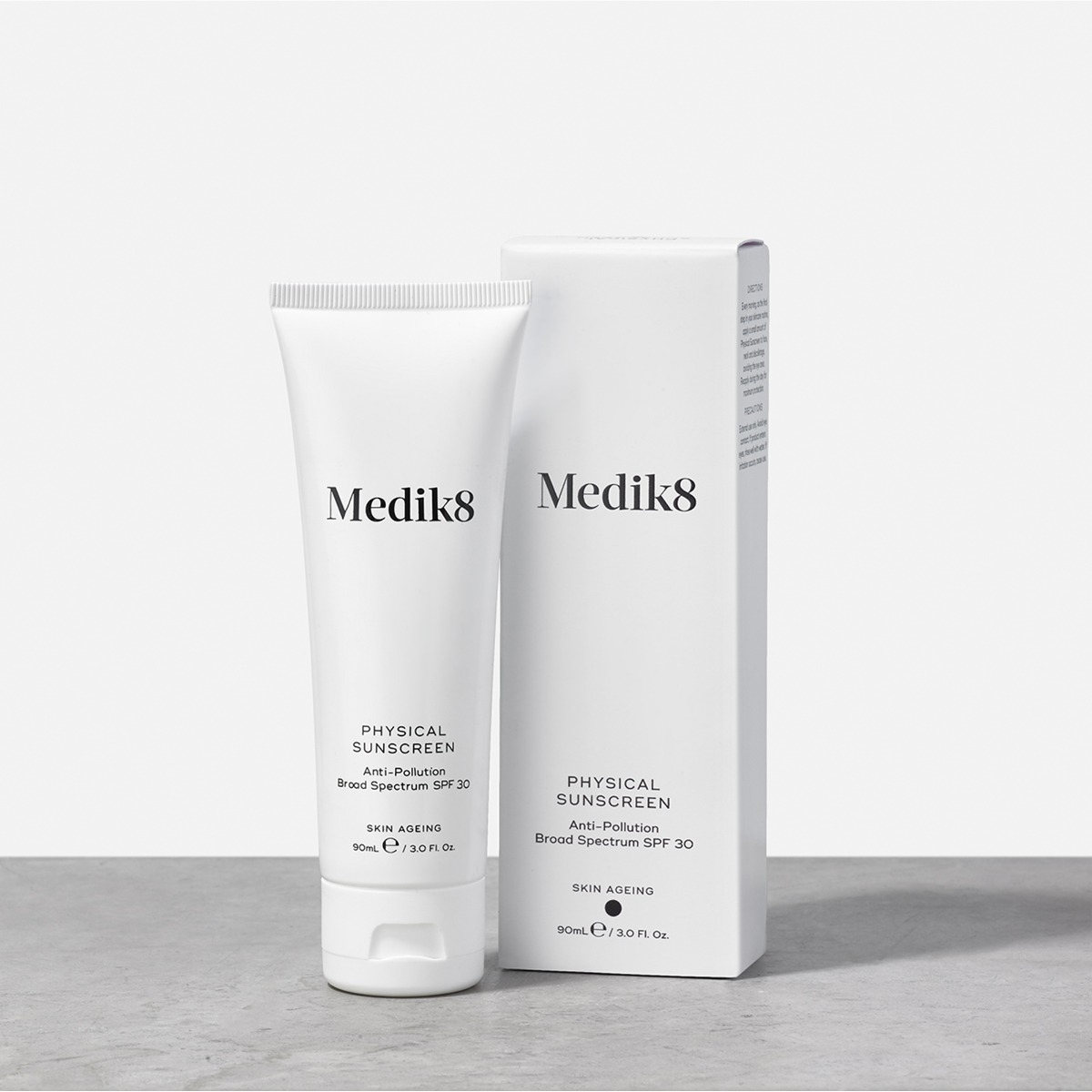 |
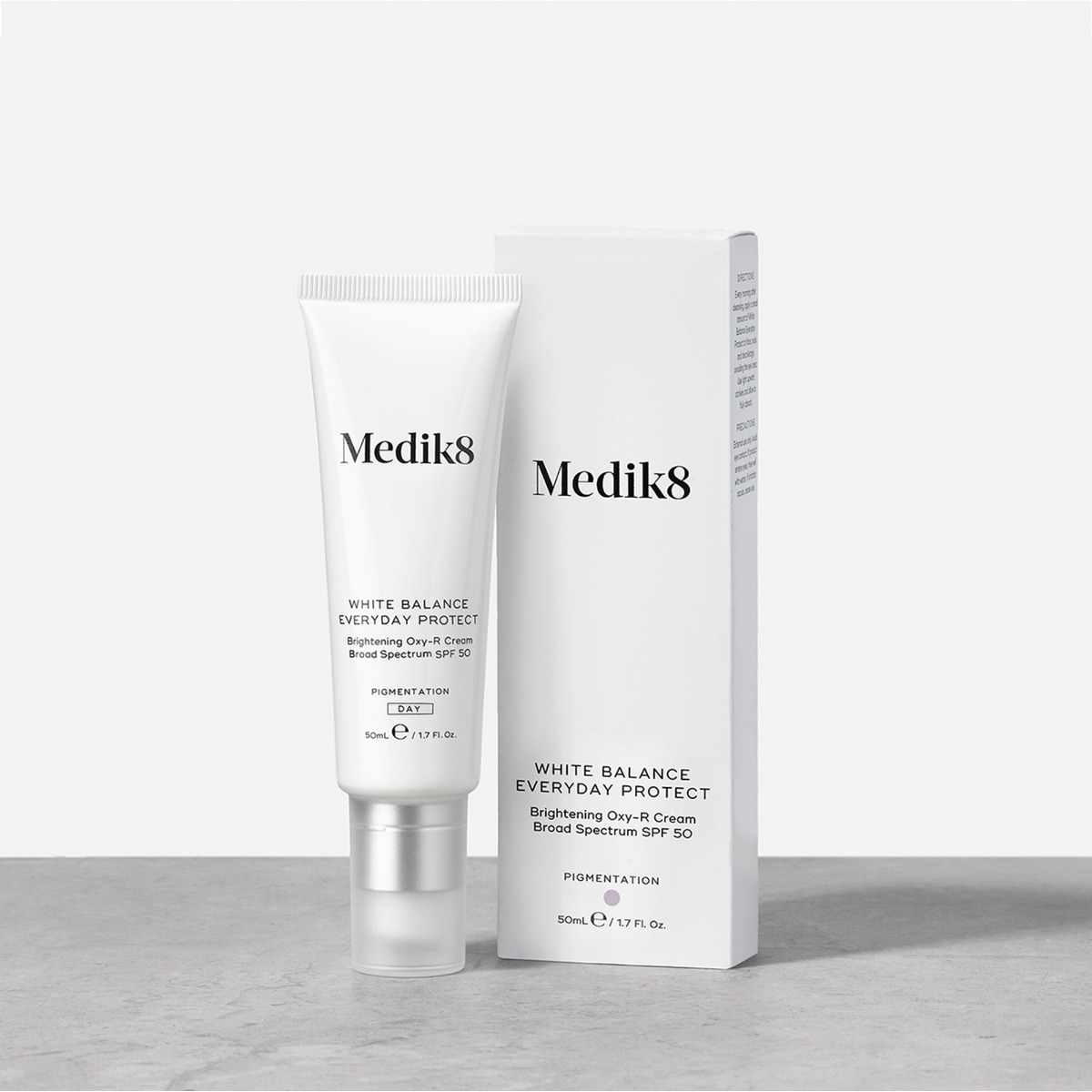 |
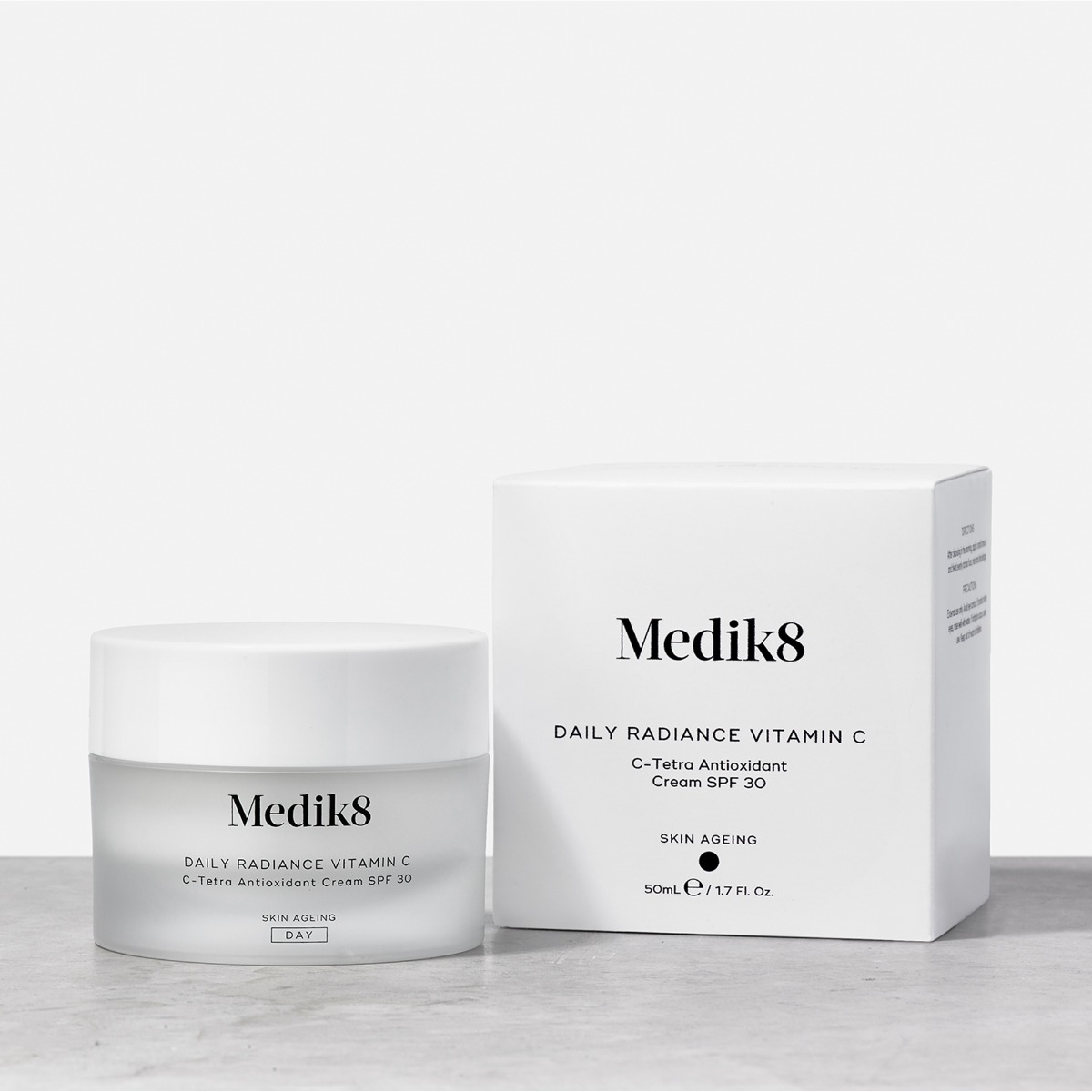 |
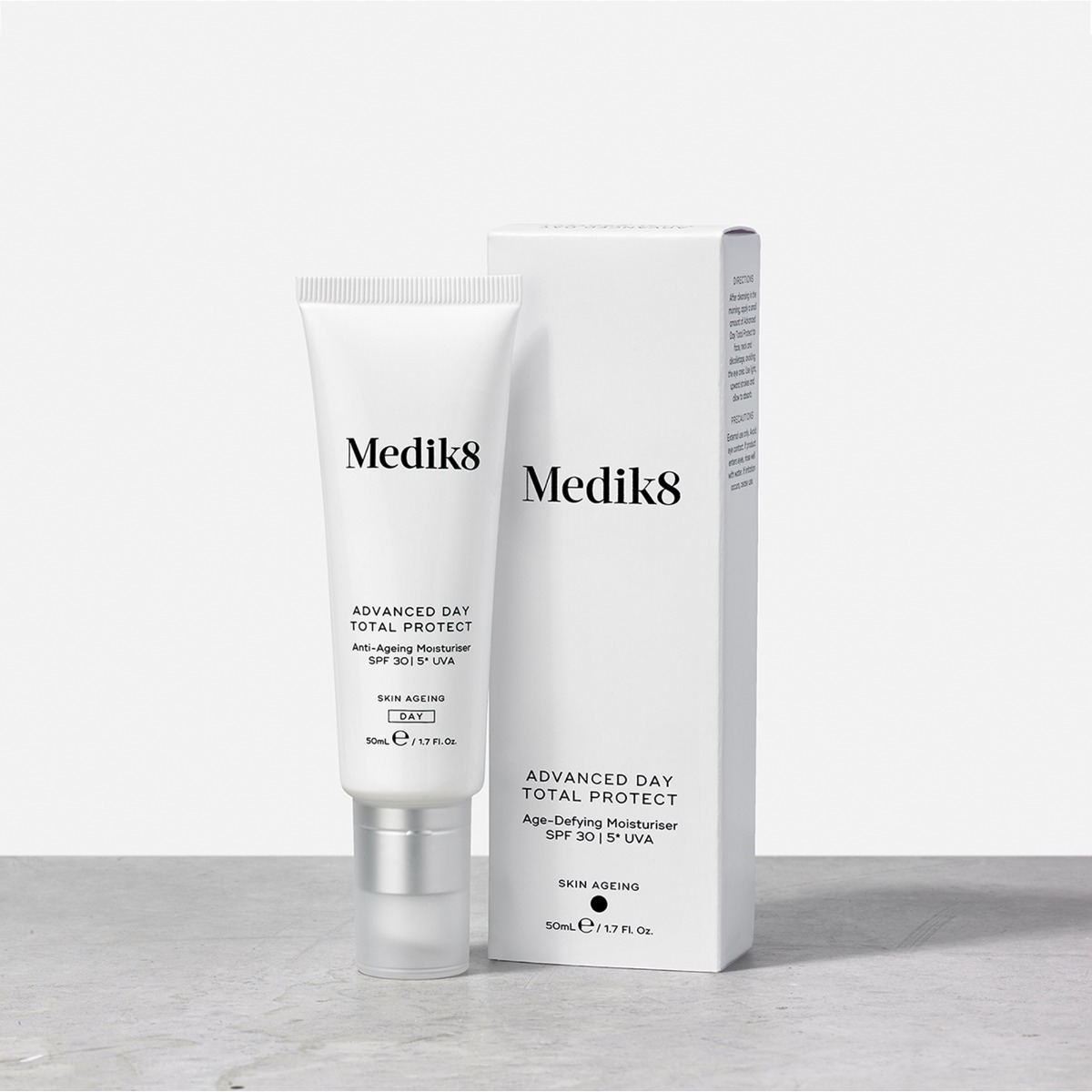 |
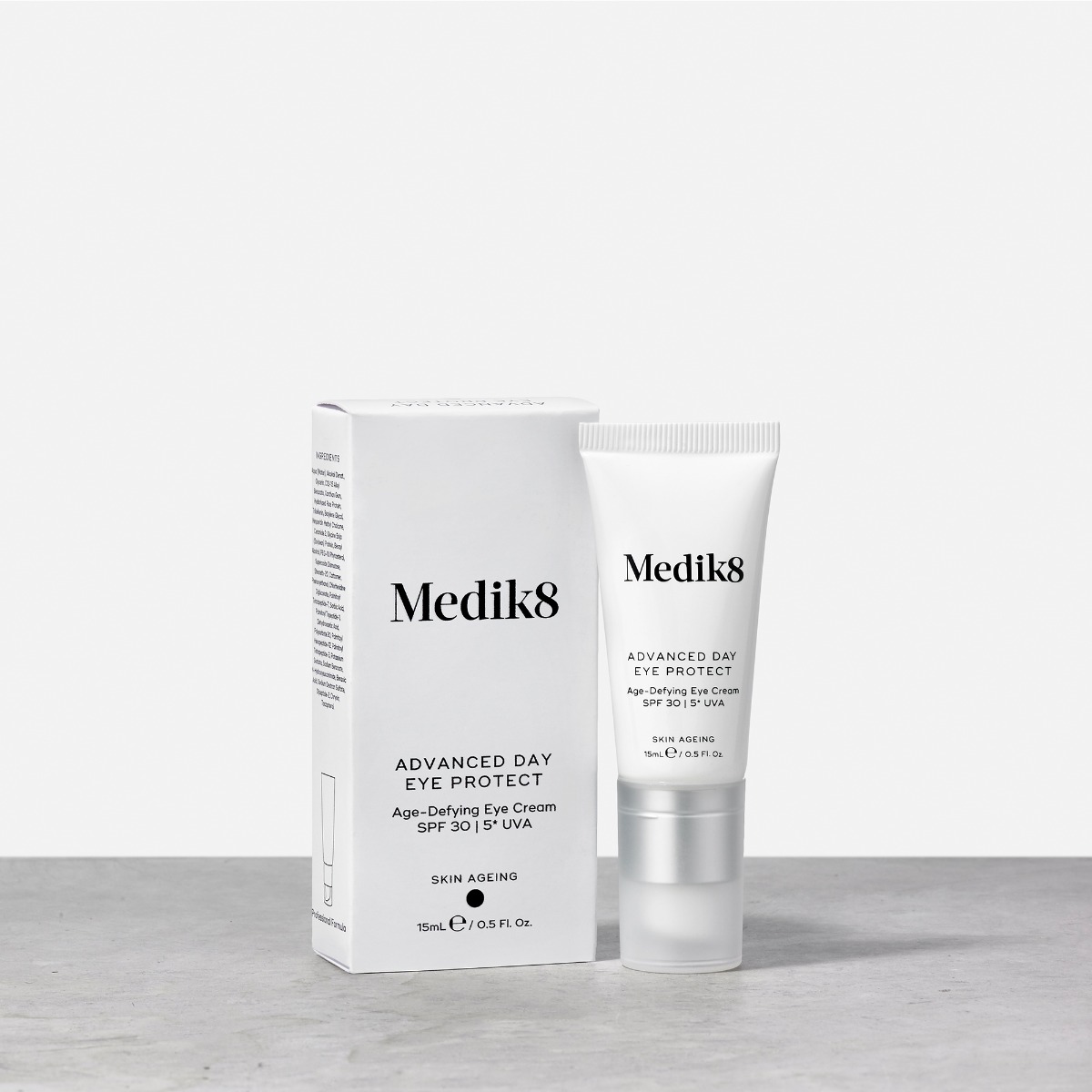 |
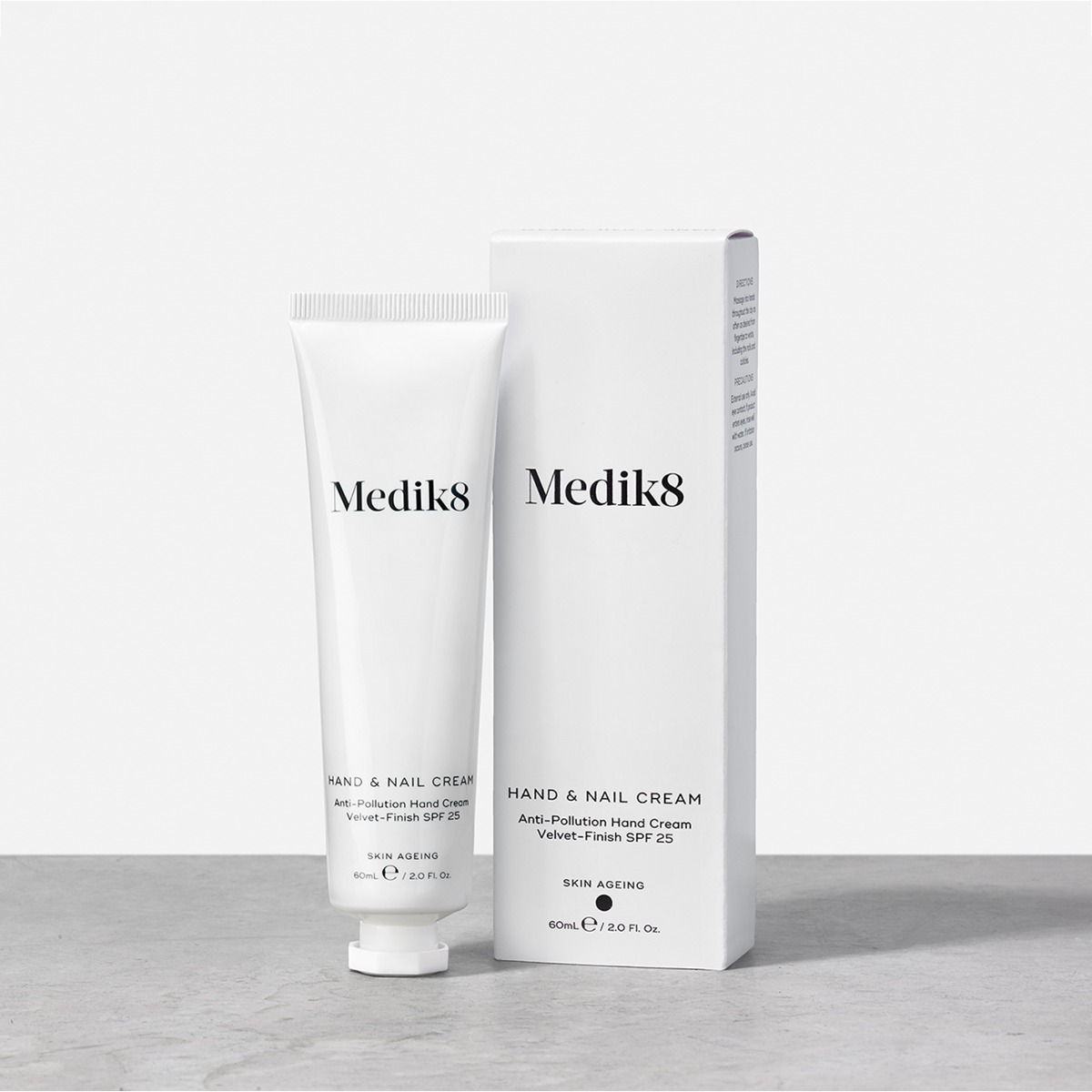 |
|
 |
 |
  |
 |
 |
 |
|
| PHYSICAL OR CHEMICAL | Physical | Chemical | Chemical | Chemical | Chemical | Chemical |
| TYPE OF PRODUCT | Sunscreen | Moisturiser | Moisturiser | Moisturiser | Eye Cream | Hand Cream |
| SPF RATING | SPF 30 | SPF 50 | SPF 30 | SPF 30 | SPF 30 | SPF 25 |
| UVA RATING | Broad Spectrum | Broad Spectrum | Broad Spectrum | 5* | 5* | Broad Spectrum |
| ADDITIONAL BENEFIT | Anti-Pollution, Anti-A.G.E, Anti-infrared |
Brightening | Brightening, Anti-ageing |
Anti-pollution, Anti-A.G.E, Anti-infrared,Blue Light Defence |
Anti-pollution, Anti-A.G.E, Anti-infrared, Blue Light Defence |
Anti-pollution |
